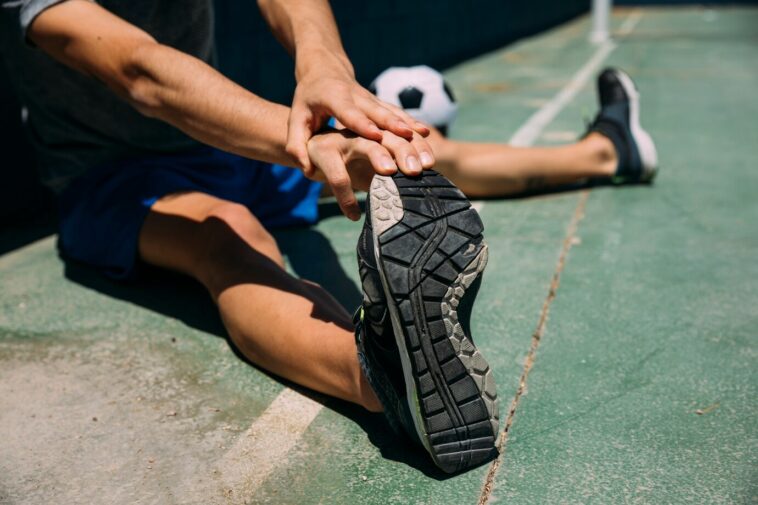We’ve all been there – purchasing a pair of shoes only to find them a tad too small, or experiencing discomfort in our favourite pair. In such scenarios, it’s hard not to ponder the function of shoe insoles. With inquiries such as “How long does insoles last?”, “Does insoles make shoes smaller?” or even “How often should you change insoles?” being commonly asked, it’s clear that this small but important accessory needs some spotlight.
So, buckle up for an in-depth dive into the world of insoles!
How Long Does Insoles Last?
Shoe insoles are not designed to last forever. Depending on the quality, type, and usage, the lifespan of insoles can range from 6 months to a year. However, you may notice certain signs of wear and tear earlier such as deformation or reduced comfort. These signs suggest that it’s time for a replacement.
Will removing the insoles from shoes result in a size increase?
It’s a common misconception that removing the insoles from shoes will automatically make them bigger. Yes, it can provide a smidgen of extra space, but the difference is typically marginal. This strategy can compromise the comfort and support the insoles provide, so it should only be used as a last resort.
Does Insoles Make Shoes Smaller?
The flip side of the coin leads us to another valid question – do insoles make shoes smaller? The answer, again, is nuanced. Insoles can take up some space within the shoe, which might make them feel a bit tighter, especially if your shoes were a snug fit to begin with. However, if your shoes were slightly loose, an insole could provide that extra snugness for a more secure fit.
Can You Put Insoles in the Dryer?
This is a clear no-no. Exposing insoles to high heat can lead to deformation and potential damage. Always air dry your insoles at room temperature. If they get wet or sweaty, remove them from your shoes and let them dry naturally.
Can You Take the Insoles Out of Vans?
Yes, you can! Most Vans shoes come with removable insoles. However, it’s important to remember that the insoles in Vans provide cushioning and arch support. So, if you plan to replace them, make sure the new insoles offer similar comfort and support.
Can You Put Insoles in the Washer?
Insoles and washers don’t make a great pair. The agitation can lead to misshaping or damage. If your insoles need cleaning, it’s best to hand-wash them using a mild detergent, and then air dry.
How Often Should You Change Insoles?
There’s no one-size-fits-all answer to this. The frequency of replacement depends on factors like frequency of use, type of activity (running, walking, sports, etc.), and visible signs of wear. However, as a general rule, you should consider replacing your insoles every 6 to 12 months.
Insoles for Pronation of the Feet
Pronation refers to the natural inward roll of the foot while walking or running. Overpronation, however, can lead to various issues like heel pain, shin splints, and knee pain. Here’s where insoles come to the rescue. Specifically designed insoles can provide support and align the foot properly, reducing the impact of overpronation.
How to Put Insoles In
Putting insoles in your shoes is straightforward. Simply remove the existing insole (if any), and then slide the new insole into the shoe. Ensure it sits flush against the bottom and the back of the shoe. If the insole is too big, you can trim it for a perfect fit.
And there you have it – the long and short of everything to do with insoles! Remember, the key to a great shoe experience often lies in the details, and a high-quality insole can make all the difference. So, don’t underestimate this humble accessory’s power to transform your footwear into a comfortable, supportive, and perfect fit.
Whether you’re an avid runner, a high-heel enthusiast, or someone who spends long hours on their feet, investing time in understanding and caring for your insoles is a step in the right direction.
Additional Tips for Choosing and Using Insoles
Understanding insoles doesn’t stop with how they fit in your shoes, it extends to knowing how to choose the right insoles and how to maintain them for optimum functionality. Here are some additional tips and insights to help you navigate through the world of insoles with ease.
Choosing the Right Insoles for Your Shoes
Choosing the correct insoles for your footwear can make a massive difference in your comfort and shoe performance. some factors you should consider:
- Size: Insoles come in different sizes, just like shoes. Make sure to select the right one that fits your shoe properly. If they’re too big, they can be trimmed down, but if they’re too small, they won’t provide the necessary support and comfort.
- Foot Arch Type: People have different foot arch types – high, medium, or low. Some insoles are designed specifically for certain arch types, so identify your foot arch before making a purchase.
- Material: Insoles are made from various materials, including foam, gel, leather, and cork. For example, foam provides excellent cushioning and pressure relief, while gel offers great shock absorption.
- Activity Level: The insole you need depends largely on the activity you intend to use them for. Running insoles focus on shock absorption, walking insoles aim at comfort, while insoles for high-impact sports prioritise strong support and durability.
Maintaining Your Insoles
Proper care can prolong the life of your insoles. Get quality tips on how to maintain them:
- Cleaning: Clean your insoles regularly to prevent the build-up of bacteria and odour. Use a mild detergent and a soft cloth or brush. Rinse thoroughly and allow them to air dry.
- Rotation: If possible, have two pairs of insoles and alternate between them. This gives each pair time to regain its shape and dry out fully.
- Proper Storage: Store your insoles in a cool, dry place when not in use. Avoid exposure to direct sunlight or high heat, as it can cause the insoles to warp or shrink.
Insoles can significantly improve your footwear experience, from comfort to support and fit. But they are often overlooked or misunderstood. With the comprehensive guide provided above, you’re now equipped to make informed decisions about insoles and optimise their use for better foot health and comfort.
Whether you’re considering insoles for pronation, wanting to know how often you should change them, or curious if they can go in the washer or dryer, remember that proper knowledge and care can ensure that your insoles serve you well and last as long as possible. Don’t underestimate the difference this small accessory can make in your daily life – your feet will thank you for it!




Comments
0 comments